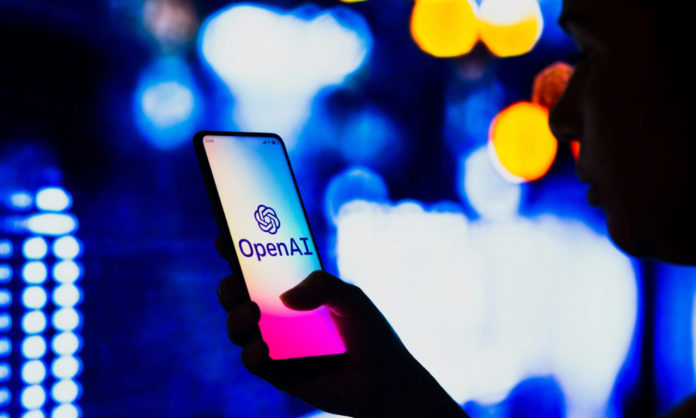What is ChatGPT?
In November 2022, OpenAI released ChatGPT (Generative Pre-trained Transformer) as a chat-bot. It is built around the OpenAI GPT-3.5 family of Large Language Models and has been improved via the use of supervised and reinforcement learning techniques. Deep learning is used to produce text that sounds like human speech via the Generative Pre-trained Transformer 3 (GPT-3) autoregressive language model. When provided a beginning text as input, it will create text that follows the prompt.
How does AI communicate?
Language Model in Large (LLM) Advanced AI systems called chat-bots employ Natural Language Processing (NLP) to comprehend and converse with users through text input. These bots are driven by massive datasets of pre-trained machine learning models known as “linguistic models,” which is different from the typical assistants you could find at e-commerce sites. They can properly discern the context and meaning of interactions thanks to these models.
The Pros
One of ChatGPT’s primary strengths is its ability to generate human-like responses to varied inputs. This makes it ideal for applications like chat-bots, virtual personal assistants, and conversation agents. Thanks to its sophisticated language development capabilities, ChatGPT can hold insightful and instructive conversations with users on a variety of topics.
1. Quicker customer support
Naturally, chat GPT provides clients with faster replies and a quicker resolution. The consumer benefits from speedier service, which improves his experience in general. This will progressively shorten the wait time.

2. Reduced HR cost
To respond to individual customer enquiries with costs, a sizable team is required. A single ChatGPT bot instance may manage a number of human chats, drastically decreasing the need for human resources.
3. Greater client satisfaction
Because questions are answered quickly while interacting with consumers, chat GPT has seen a higher degree of client satisfaction. Despite the fact that the success rate is not 100%, the data suggests that organizations should keep looking into chat GPT.
The Cons
ChatGPT can undoubtedly be improved, even if it’s nearly impossible for bots to achieve human-level interaction perfection. All it takes to improve ChatGPT’s efficiency are a few simple techniques that may be used when users provide comments. ChatGPT commonly can’t react to questions with numerous parts or inquiries demanding choices due to its limited response options. Here are some of the unprecedented downsides of ChatGPT.
1. Higher misunderstanding
It’s also a type of program made to answer database queries. If a user submits an inquiry that ChatGPT doesn’t currently have in its database, it doesn’t respond. This tool may become perplexed as a result of these queries, which would make it loop. In order to respond to your question, the bot will attempt to understand it.
2. Complexity drives cost
ChatGPT is offered in a variety of sizes and languages, and its cost reflects these features as well. It is essential to understand that a ChatGPT with superior design and functionality will also cost more money. This boosts the company’s investment in this instrument as a result.
3. Not suitable for all applications of businesses
ChatGPT is helpful for a variety of applications and sectors, but it is not capable of handling all of them. Today, some services, such as those offered by hospitals, fire departments, and police forces, require quick action. In such conditions, investments in ChatGPT could not result in any long-term rewards.
What are your thoughts about ChatGPT? Let us know in the comments below.
Stay tuned to Brandsynario for the latest news and updates.












































